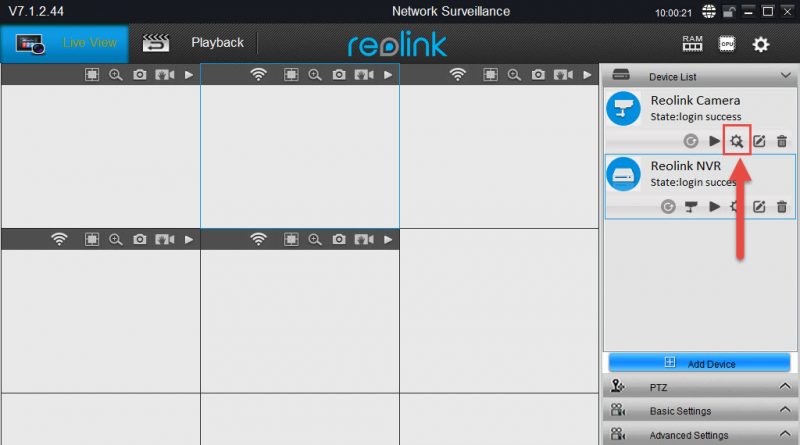
There are also a few cut-outs for a fan, but there isn’t one installed, the NVR relying solely on passive cooling. I saw some ventilation holes at the top, as well as some on the right side and on the bottom. The manufacturer did take seriously the heat management (considering that we’re dealing with a PoE device), so all around the case, there are various ventilation cut-outs. It’s worth mentioning the four silicone feet that can be added to the bottom of the NVR which will help keep it into place (it’s already fairly heavy, so it’s going to stay put after you connect eight or more cables). The device is covered by a black matte finish and, overall, it does have a slight industrial design, save for the plastic front panel which helps distance the NVR from the looks of a regular Ethernet switch.īut then again, this isn’t a device that you want to attract too much attention, mostly for security reasons, so a small cabinet, along with your other networking devices is probably the best place to place the Reolink RLN8-410. Indeed, at only 10.2 x 9.1 x 1.6 inches, it’s not going to occupy that much space, but be aware that it does need to be in a well served place because you will have to add lots of Ethernet cables on its rear panel. In terms of design, the Reolink RLN8-410 v2 looks the same as the first version, so there’s still the rectangular metallic case that’s compact enough to fit pretty much any shelf (it will sit fine even in those Ikea cubicles). I have tested quite a few Reolink cameras over the last year and they’re clearly offering great value for the money, so I think it would be interesting to see how well was Reolink able to design the RLN8-410 and if it will work seamlessly with various types of cameras (up to 4K).
Reolink client software old version software#
The case has the same design (just as compact), the same number of ports can be found on the rear side of the NVR and there’s still support for PoE, but I did notice that the software has been updated to a more modern UI. The additional storage went up to 12TB (from 4TB), but everything else seems to be the same as with the first RLN8-410 NVR version.


So it would have been better if Reolink would have completely changed the name to showcase the new generation of NVRs, especially since there is another relevant improvement as well. And this has led to some confusion since some users were unaware that the old version would not work with the smart motion sensing Reolink cameras. Despite carrying the same name as the five-year-old NVR, the newer version has a different type of hardware to include the support for the smart AI motion sensing technology.


 0 kommentar(er)
0 kommentar(er)
